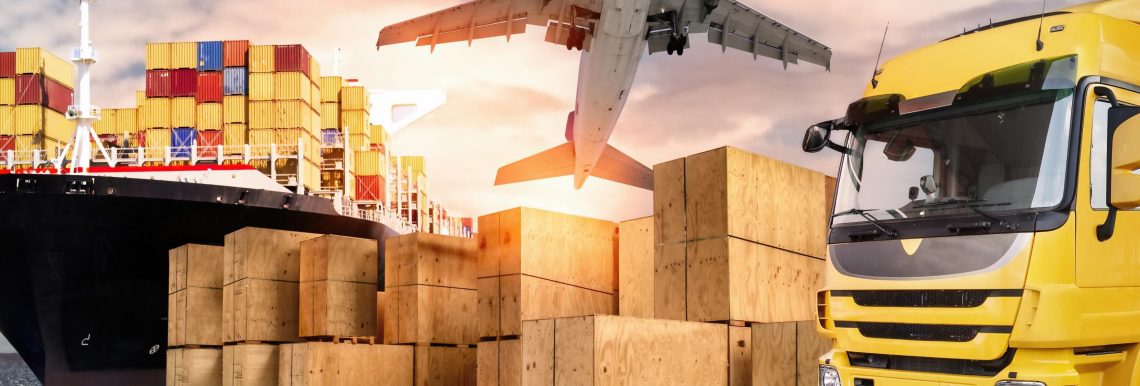
In today’s customer-centric, digitized society, transportation & logistics is under constant pressure to remain competitive, deliver quality customer service, and find innovative ways to optimize their operations. In this blog, we outline the ongoing challenges the industry faces, as well as explore the strategic technologies that help overcome these challenges, and ultimately augment the supply chain for businesses moving forward.

Inventory is a cornerstone of many businesses; one of the critical competencies for transportation and logistics is the ability to successfully understand and control a business’ inventory. If a business doesn’t have detailed, real-time visibility into available inventory at a given location it can strain a business’ sales and/or impact customer satisfaction. Furthermore, supply chain often needs to track and manage inventory from multiple warehouses, stores, or locations, a difficult task especially if the business systems aren’t centrally connected.
To address these challenges, transportation and logistics are moving from on-premise software solutions to invest in integrated cloud-based technologies that provides real-time data, accessible to the entire organization, regardless of location or time – including warehouse management systems, and transportation management systems. Companies are also turning to predicative analytics, which optimize and make advanced forecasts about the supply chain by reading algorithms on both current and historical datasets. Companies like Apple and Whole Foods are already employing them, and Amazon may potentially leverage predicative analytics to offer anticipatory shipping.
Transportation costs can be a significant part of a company’s overall logistics budget. With the increases in the price of fuel, consumers pay the toll by having to pay more for shipping. To address this issue, businesses have incorporated better strategies that will help identify transportation issues and develop the appropriate solutions.
The logistics industry has started to incorporate autonomous tracking and artificial Intelligence into its vehicles to track potential real-time data with routes as well as possible alternative routes to cut transportation costs. With Autonomous Tracking, companies can use sensors to create an intelligent vehicle that can improve fuel efficiency, evaluate road conditions, and observe how the human operator responds along routes. Companies such as FedEx have started to incorporate autonomous tracking technology into their everyday logistics, and have begun gathering data from vehicles and fleets to run routes to optimize efficiency.
As the Transportation and Logistics industry continues to grow, the need for a faster, smarter, and organized manpower system to log all the incoming and outgoing products has become essential. With the advancement of companies like Amazon, the demand for faster, and more efficient shipping strategies within the T&L industry has become an issue that many businesses’ have started to address.
Therefore, the logistics industry has adopted the use of robotic and drone technology into warehouses that have the potential to create a limitless workforce environment that doesn’t require any additional expenses.Robotic manpower machines would help in sorting through incoming and outgoing packages faster, place shipments on appropriate shelves/shipping containers, and ensure packages do not have defects before shipping. Companies such as Amazon have already started to incorporate robotic drone technology into their everyday use, optimizing their companies shipping time for a fraction of the cost.
When it comes to sharing a single platform of information across a channel of departments, supply chain relies on the ability of segmented and customized technology. In logistics, data sharing across the supply chain enables higher levels of transparency, allowing consumers to make better choices about the products they buy and creating a layer of trust between the brand and consumer.
Blockchain technology can be used to track a product’s life-cycle and ownership transfer from origin to store shelf; even as it changes hands between the manufacturer, retailer and consumer. Blockchain also allows the supply chain industry to relocate where inventory and other business needs are throughout the company, through an easy transferrable tracking system. Companies have started incorporating blockchain technology onto their online shopping websites, allowing customers to see the route of their package and the desired delivery time the second they place their order.
To learn more about strategic technologies that support and enhance transportation & logistics, make sure to visit the Extreme Networks website to explore our purpose-built networking solutions.